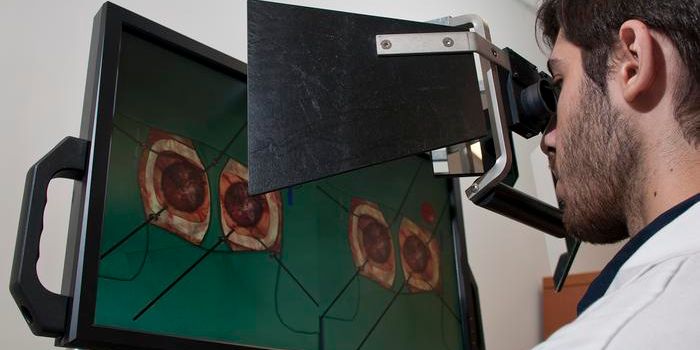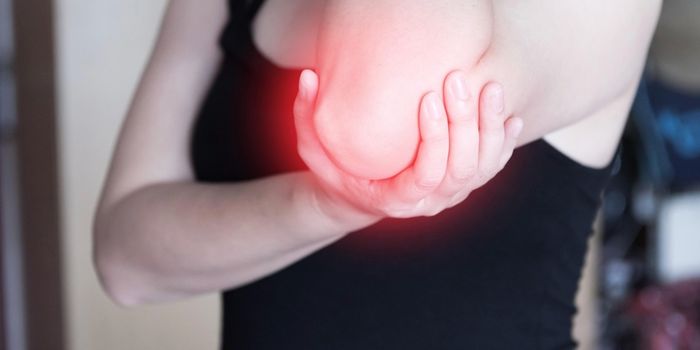Knitted Beanie Hats Help Record Cat Brain Activity
A knitted beanie hat fitted with electrodes enables researchers to conduct EEG scans on cats while awake. The new design could aid researchers and veterinarians alike in diagnosing various health conditions like chronic pain from osteoarthritis, and lead to the development of new treatments. The corresponding study was published in the Journal of Neuroscience Methods.
Around 25.6% of adult cats have chronic pain linked to radiographic osteoarthritis. While EEG has demonstrated a specific brain signature for osteoarthritis in humans, the same does not yet exist for cats. As cats typically shake off and chew wired electrodes placed on their heads, they are normally sedated during the procedure and assessed using intradermal electrodes. This method, however, is not optimal, as it can alter pain perception.
In the current study, researchers set out to see whether non-invasive EEG could be used to measure brain activity in cats while awake, including changes in brain activity in response to different sensory stimuli. To do so, they recruited 11 neutered cats aged 3 to 16 years old. All had naturally occurring osteoarthritis but were otherwise healthy.
To ensure cats would not interfere with the electrodes and attached wires, the researchers knitted custom-made wool hats to fit them inside and sit neatly on the cats’ heads. The cats tolerated the hats well, with most remaining calm with minimal restrain during the procedure.
The researchers also exposed the cats to different sensory stimuli, including colored lights and grapefruit essential oil, which previous studies have found to be unpleasant for cats. In doing so, they found that EEGs conducted in this way could enable the further study of cat brain activity, as well as aid research of conditions like chronic pain and their potential modulation through sensory stimulation.
"We now plan to obtain NSERC -- Alliance funding, in partnership with private companies, to enable us to establish a genuine EEG signature for chronic pain, and many other applications that will enable us to automate chronic pain detection in the future," said lead author of the study, Prof. Eric Troncy of the Faculty of Veterinary Medicine at the University of Montreal, in a press release.
Sources: Science Daily, Journal of Neuroscience Methods









